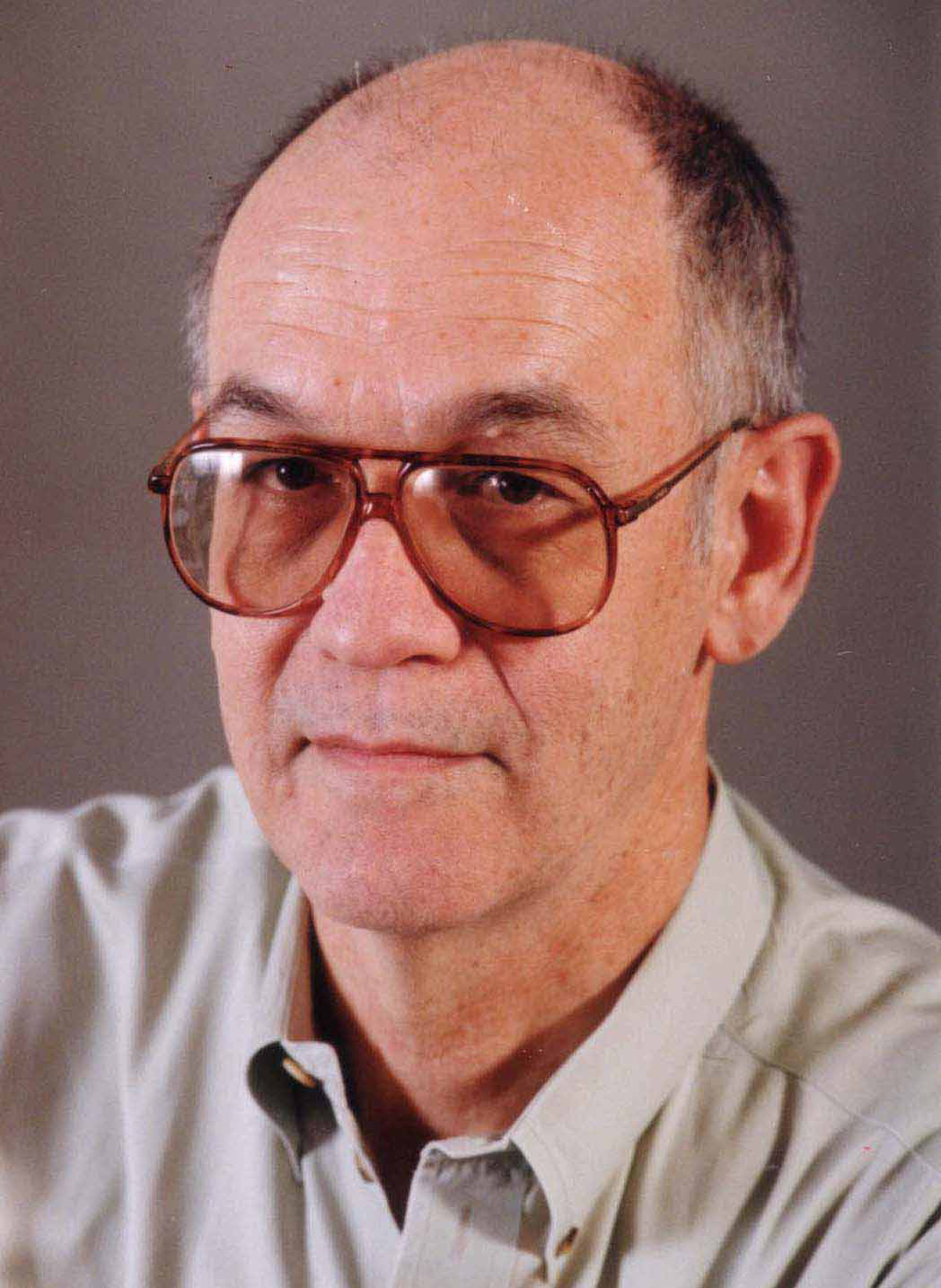C.J. Chivers, widely regarded as a superman of war coverage, covered conflicts for The New York Times and Esquire for 14 years. In “The End of War,” Mark Warren explains what made Chivers such a powerful and effective reporter, by taking the reader inside Chivers’ head as he gathered what others missed. Warren shows us how Chivers sees himself, not as Super anything, but as a “somewhat robotic observational machine.” And he hints at another Chivers, waiting to act.

C.J. Chivers, Senior Writer, The New York Times, Nieman Foundation, 32nd Joe Alex Morris Jr. Memorial Lecture, November 29, 2012
Chivers is machinelike in his pursuit of detail. Most battle coverage happens this way: You arrive after the shooting, count the dead and wounded, declare winners and losers, and grab a quote or two. But Chivers operated on different levels at the same time. Most reporters vacuum up the big stuff. Warren shows us how Chivers followed the details into the larger, invisible patterns of war. Warren writes:
“…[R]eporting on a firefight… [Chivers] would look for shell casings and ordnance fragments. If he was embedded with American soldiers or Marines, he’d ask them if he could look through what they had found,… and ask his photographer to take pictures of ammunition stamps and serial numbers. Over time and in this way he would reveal a vast world of small-arms trade and secret trafficking that no other journalist had known existed before.”
Before he was a reporter, Chivers served as a Marine captain. He knows how gunfire works, and Warren shows how he transcends mere knowledge. “He was methodical, drawing on his own experience in the infantry to decide where he would put the mortar pits. Then he slowly walked in an ever-expanding square looking for his evidence.”

An expanding square pattern
Warren does not explain the “expanding square,” the slowest and most methodical ways of looking for something. (I learned how to do it chasing submarines in the Navy.) You begin in the middle and move a distance (S), then turn right for the same distance, then right for double the distance, etc. Imagine walking like that in a war zone, but that’s how Chivers found sites and clues that others missed.
Superman makes possibly fatal errors, knowing they are mistakes. Once Chivers took off his helmet, and “observed himself doing so. Ten years into this job — a job in which he would vacate his feelings about virtually everything and become, as he puts it, that ‘robotic observational machine.’”
We watch him calculate the likelihood of dying and weigh the risks. We see him apply the same calculus to where his colleagues are standing, even about clogging up a medical system meant for military casualties. Although Chivers calls himself a robot, Warren shows him empathizing with his fellow reporters and staffers, turning their emotions into action and safety.
“Another rule is that if you’re with someone who wants to leave, then you leave. If you’re with another journalist and you’re getting shot at, and he feels in his gut that it’s time to get out of there, you go,” Chivers says. This Lone Ranger pays attention to Tonto.
Under shelling, Chivers calms terrified companions “by narrating the incoming fire. He knows ranges and probabilities, has a good instinct for whether their position is at risk of being overrun, and on occasion offers basic tutorials: ‘He’d call, ‘That’s a missile, not a rocket — remember, a missile is powered throughout flight, a rocket is powered at launch.’’” So his fellows would think about his distinction, not about their obliteration.
At one point, a fighter plane drops a bomb on Chivers and his driver/translator Hadi. Chivers “remembers being surprised still to be thinking thoughts, remembers thinking: These things throw up a lot of debris. Okay, you survived that, but you don’t wanna get killed by a car bumper hurling down on you from a hundred feet. So the instant he hit the ground, he rolled and scanned the sky overhead, a quick scan, but saw nothing.”
Chivers “knew the architecture of air strikes,… that attack aircraft often move in pairs,… that the targets who were still moving on the ground after a strike were considered to be especially annoying targets. He started weaving, running in one direction and then zagging in another, a 20-degree zag. His head was heavy and his brain was swelling from a concussion.” Yet he can think straight enough to weigh the chances of running versus leaping into Hadi’s car, a likely target for a wingman. Warren shows us Chivers thinking on the edge when the details really count, such as a “falling car bumper hurling down on you from a hundred feet,” that isn’t there.
***
Now the hard part for the narrative writer, the dismount. Warren has fascinated readers with why and how this laser-eyed collector of details, this clearest of combat thinkers, functions, succeeds, and survives in a world of death and violence. But the subtitle of the article explicitly promises to explain why and how Chivers gave up his star beat and almost everything that made him famous: “After fourteen years of being immersed in the bloody wars of our era, C. J. Chivers came home.”
Warren spreads hints throughout the article, beginning with this detail about a third of the way through: “At home in Rhode Island, Chivers keeps a piece of the bomb that almost killed him on the wall of the office off the garage where he writes. It was a GBU-12, stamped with for use on mk82.” A little later, he spreads multiple explanations and scenarios: “It’s hard to identify exactly when the turning point came.”
Warren explores the cost of hypervigilance even in civilian settings, of almost getting killed during shelling in Libya; of the deaths of two of his photographer friends, Tim Hetherington and Chris Hondros; and even of Chivers’ marathon fishing at home in Rhode Island.
But a climactic domestic scene pulls the trigger. Chivers and his family are playing cards at home before a three-week trip to Iraq. Suddenly his son breaks out in a full-body rash. The family doctor is perplexed. “Then, on the day Chivers arrived home [from Iraq], the hives disappeared, suddenly and completely…. Chivers consulted the doctor, who told him that the rash was almost certainly an autoimmune miscue and was probably caused by terror. His son had been afraid for his father’s life.”
Chivers told his editor about the hives and the child’s “…terrible dread. He said it was as if a message were being sent through his son that it was time to go, in a way that even I could understand.” Chivers requests and gets a new investigative beat at the Times, and devotes himself to his family and ferocious fishing.
Here’s the key sentence: “He said it was as if a message were being sent through his son that it was time to go, in a way that even I could understand.” Think about that last part: “in a way that even I could understand.” The super-understander lapses into humility and a touch of mysticism at the key moment. The reader will get it and accept it, because Warren has shown us Superman’s extraordinary observational powers include empathy and care for his fellows.
Read the full story “The End of War” on Esquire Classic.


